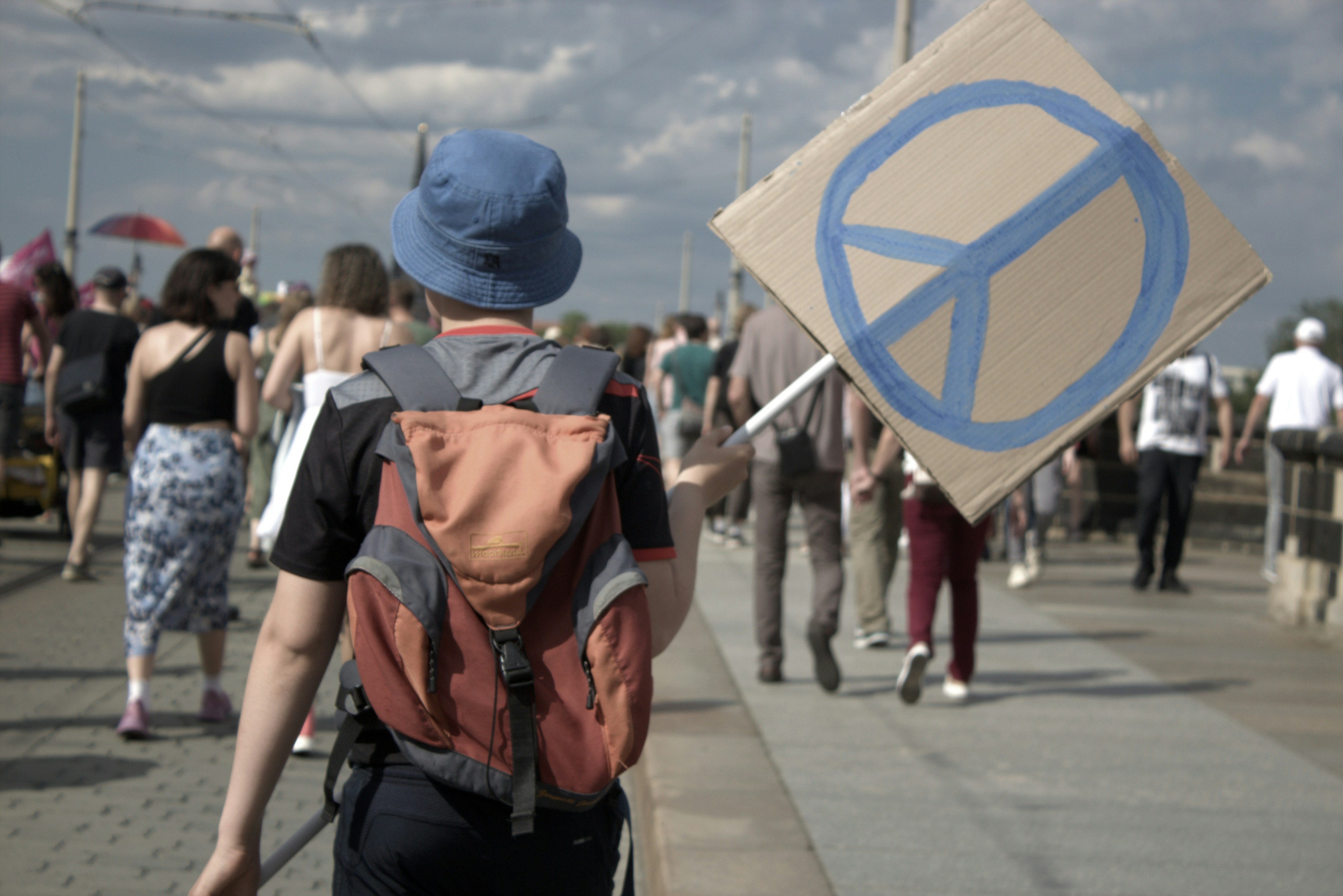
"Car culture has a higher body count than both World Wars combined. So why don't we think of automobility in the same way we think about the bloody and destructive global conflicts that dominate the news - and what would it take to transform our streets into a tool to make our whole society more peaceful, rather than more violent?"
"Today on The Brake, we sat down with PhD candidate Ashton Rohmer to talk about her fascinating new paper that looks at our transportation culture through a "peace and conflict studies" lens - and why car domination is a kind of warfare unto itself, even if claims of a counterattack are seriously overblown. And then we dig into what shifts when we approach transportation reform advocacy as a part of the larger "peacebuilding" project - and why self-proclaimed peacebuilders need to embrace ending car culture, too."
Automobility causes more deaths than both World Wars combined and functions as a form of societal violence. A peace-and-conflict lens reveals car domination as warfare-like, with claims of counterattack overstated. Transportation culture shapes social relationships through built environments and community engagement. Reframing transportation reform as peacebuilding shifts advocacy toward reducing car dependence, transforming streets into tools for societal peace rather than violence. Ending car culture becomes a necessary component of broader peace work, requiring planners, peacebuilders, and advocates to integrate safety, equity, and reduced automobility into policy and practice.
Read at Streetsblog
Unable to calculate read time
Collection
[
|
...
]